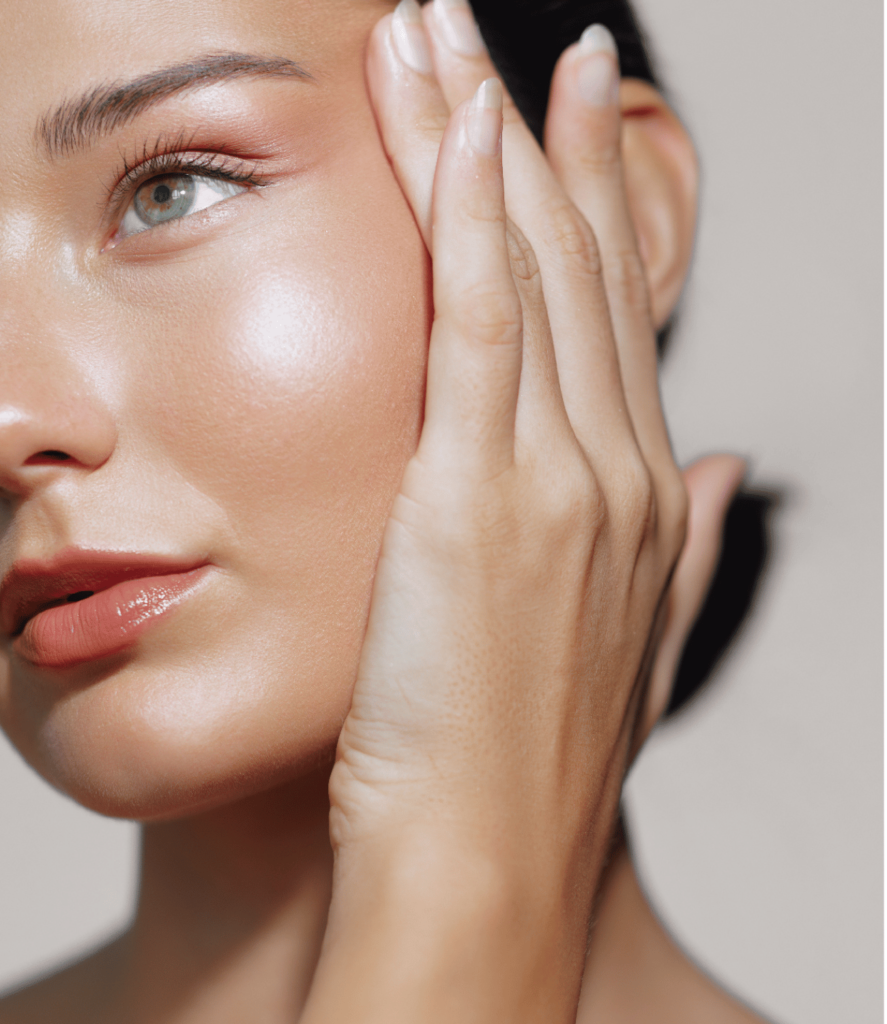Physiotherapy
Musculoskeletal Physiotherapy
Musculoskeletal (MSK) physiotherapy is the treatment of a wide range of injuries, disorders and diseases that affect joints, muscles, ligaments and tendons. Sports injuries, joint pain, complex pain conditions such as arthritis and problems after some surgical procedures are examples of issues that musculoskeletal physiotherapy can help treat.
Electrotherapy
Electrotherapy is a therapeutic intervention used in physiotherapy that involves the application of electrical currents to stimulate nerves and muscles for various therapeutic purposes. It can be beneficial for pain relief, muscle strengthening, promoting tissue healing, and reducing inflammation. Electrotherapy devices deliver controlled electrical impulses to targeted areas of the body
- Trans cutaneous Electrical Nerve Stimulation (TENS)
- Electrical Muscle Stimulation (EMS)
- Interferential Current (IFC)
- Ultrasound Therapy
- Acupuncture with electrical stimulation
Types of electrotherapy we offer in our clinic
Manual Therapy
Manual therapy is any treatment technique which involves your therapist using their hands or physical maneuvers or to help alleviate and resolve your condition, pain or injury. The aim is often to improve movement and function of the affected area which will, in turn, relieve pain and speed up recovery.
The effects of manual therapy are: improve tissue extensibility; increase range of motion of the joint complex; mobilize or manipulate soft tissues and joints; induce relaxation; change muscle function; modulate pain; and reduce soft tissue swelling, inflammation or movement restriction.
Pre And Post Surgery Rehab
Pre-operative rehabilitation, commonly called “prehab,” is an important part of your surgery preparation. This is a proactive approach to healthcare that includes both preventive care and rehabilitation before your surgery.
People typically associate rehabilitation with the period following surgery, but pre-habilitation plays an equally important role in preparing the body for the upcoming operation with the primary goal of ensuring a smooth and effective recovery.
After you have been discharged from the hospital, post-operative rehabilitation takes center stage. Post-rehabilitation is an essential part of your recovery process, aimed at restoring your overall health and fitness. Its not just about getting back on your feet , its about reclaiming your life and vitality, ensuring a holistic recovery process.
Neuromuscular Rehab
Neuromuscular therapy helps minimize the symptoms of neuromuscular disorders, including: pain, dysfunctional gait or posture, nerve compression, decreased blood flow, muscle weakness, impaired breathing. The benefits of neuromuscular therapy often include better motor control, less pain, slowed disease progression, and improved quality of life.
Neuromuscular disorders such as multiple sclerosis (MS) ,spinal cord injury ,parkin sons disease,stroke etc affect nerves and muscles, which can lead to changes in how patient walk, balance, or have control over voluntary movements. The role of therapist is to help you maintain as much function and in-dependency as possible.
Sports Injuries Rehab
Sports injuries occurs when the force exerted at the time of injury on the tissue (i.e. muscle, tendon, ligament, and bone) exceeds the strength of that tissue. Sports injury rehabilitation is the process of restoring function and mobility to the injured area, this include muscles, bones, nerves, tendons, ligaments, cartilage or bursa. Symptoms may vary between swelling, pain, redness, decrease in range of motion (ROM) and difficulty using the injured region.
Ergonomics
When body is stressed by an awkward posture, extreme temperature, or repeated movement for several hours each day, the musculoskeletal system can be affected. Hence ergonomics play major role in reducing these work related injuries like neck and back pain, kyphosis, and carpal tunnel syndrome.
We provide instructions for correct settings of your surroundings in order to avoid postural syndromes. We also provide posture correction sessions for already present postural deformities like upper/lower cross syndrome, kyphosis, forward head or rounded shoulders.
This line of treatment mainly rely on balance of your muscle tension, passive mobility techniques, active mobility techniques and exercise therapy all combined.
Dry Needling Iastm Physiotherapy In Womens Health
Dry needling (DN) is a treatment that is used for pain and movement issues associated with myofascial trigger points. With this technique, a provider inserts thin needles into or near your trigger points. The needles stimulate your muscles, which causes them to contract or twitch. This helps relieve pain and improve your range of motion. Indicated conditions for DN include tendinitis, tension-type headaches, myogenic pain.
Instrument assisted soft tissue mobilization (IASTM) is a skilled myofascial intervention used for soft-tissue treatment by the use of specialized tools to manipulate the skin, myofascia, muscles, and tendons by various direct Used for conditions like neck pain, planter fasciitis, rotator cuff tendinitis, patellar tendinitis, musculoskeletal imbalances, muscle strains. Women’s health physiotherapy is a non-surgical alternative for several postpartum disorders. It helps women bounce back to an active and flexible body with exercise routines to improve conditions, including pelvic floor disorders and low back pain.
The fluctuating hormones from adolescence to pregnancy and then menopause entails the need for proper guidance and physical exercise to deal with chronic pain. In addition, during pregnancy, constant pressure on the pelvic floor can lead to pelvic floor disorders that cause hesitance for consultation.
- Help you transition from a sedentary lifestyle to work and exercise routines
- Strengthen the pelvic area
- Guided rehabilitation for low back pain
- Biofeedback for effective results
But putting the embarrassment aside can help you avail multiple benefits from women's health physiotherapy. Some of which include:
GERIATRIC PHYSIOTHERAPY
Geriatric physiotherapy plays a crucial role in helping seniors maintain and improve their mobility and independence. Through targeted exercises and interventions, geriatric physiotherapy aims to improve strength, flexibility, balance, and coordination, enabling seniors to regain their mobility and enhance their overall quality of life.


















